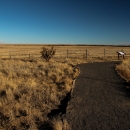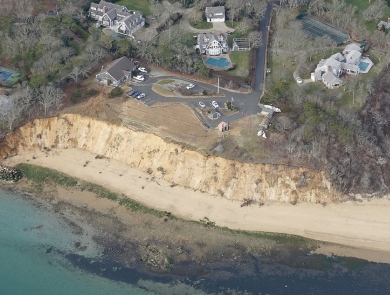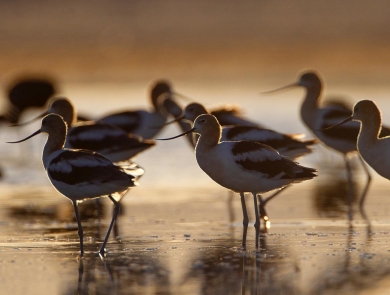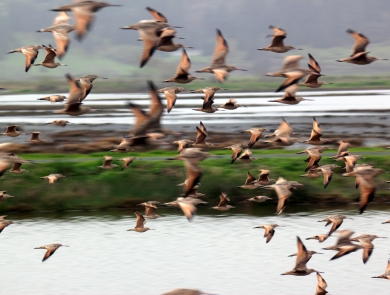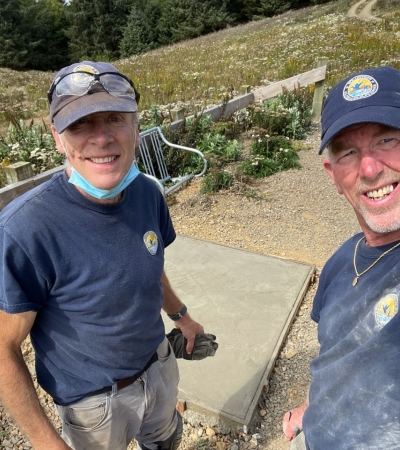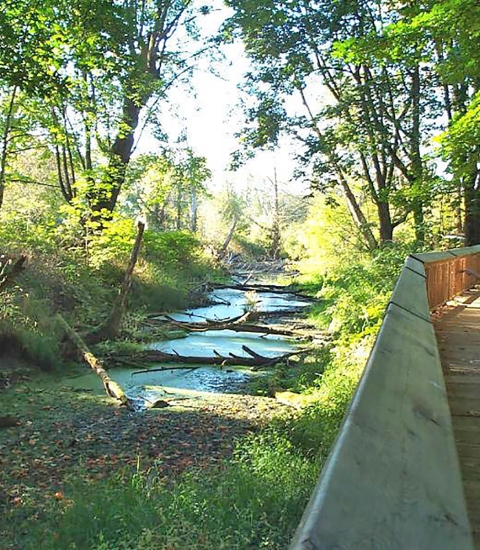Facility
Location
Route 1 Box 399
Las Vegas, NM 87701
United States
Volunteer Position Overview
About This Position
Background
Spanish for ‘the meadows,’ Las Vegas National Wildlife Refuge’s dates as far back as 8,000 BC when early North Americans inhabited the high plains area. The area is full of rich history, and you can even catch a glimpse of the famous Hermit's Peak here!
Strategically located at the base of the Sangre de Cristo Mountains and the edge of El Llano Estacado, the 8,672-acre refuge overlaps three unique landscapes, including the Rocky Mountains and eastern prairies. This combination of habitats provides a haven for many species of wildlife, all of which you can enjoy!
Las Vegas NWR is part of the Northern New Mexico NWR Complex, which also includes Maxwell and Rio Mora NWRs.
Volunteer Position
The Northern New Mexico NWR Complex strives to maintain a Queer/LGBTQA+ and BIPOC-friendly space and work environment. Working and living at this station requires the ability to work with, take direction from, and live near people of all ages, backgrounds, and personality types. Positive outlooks and flexibility are key to success at this refuge complex. We welcome RV volunteers of all backgrounds to apply!
We are seeking individuals or a couple to serve as Maintenance and Visitor Services volunteers for the FY 2024. We are flexible on exact volunteer dates. We will consider couples if we can find an appropriate position for your partner. RV pads are the only available housing.
The Maintenance and Visitor Services Volunteer Position requires that you work 24 hours per week (typically three 8-hour days) for the agreed upon volunteer duration. Your lunch break will be one hour off duty near the midpoint of the day. Duties will vary throughout the year, but common duties may include; maintaining facilities (visitor center, tour loop, parking areas and vault toilets, trails and maintenance shop/yard), landscaping, staffing the visitor center, outreach and education, assisting with wildlife surveys (waterfowl, elk, etc), assisting with farming and water delivery, and assisting the other refuges within in the complex (Maxwell and Rio Mora NWRs).
Please list at least two volunteer or professional work references on your application.
Important Information to Know:
We currently only have RV pads available for the season, all volunteers must have a self-contained RV. There is currently 1 RV pad at Las Vegas NWR and there are plans to expand the RV campground to include 2 more spots. There is no community building, however the Maintenance Shop is near the RV campground and there is a laundry facility, refrigerator and bathroom (no shower) that volunteers have access to. Due to the nature of our site, we require that all individuals using shared amenities be full-time RV volunteers (24 hours/week).
The nearest city is Las Vegas, NM (15 minute drive). The station is considered connected with decent wi-fi at the Maintenance Shop, but cell service is spotty. Power outages can be frequent (especially during the monsoon season) and this can result in periods of limited cell coverage and wi-fi. As you may be the only residents on-site, it can feel very remote living on the beautiful Las Vegas National Wildlife Refuge.
Duties/Activities
Stories About Volunteering
Other Ways to Work with Us
Are you looking for something different than a volunteer opportunity? The Fish and Wildlife Service employs around 9,000 people nationwide and offers great internship opportunities every year.
